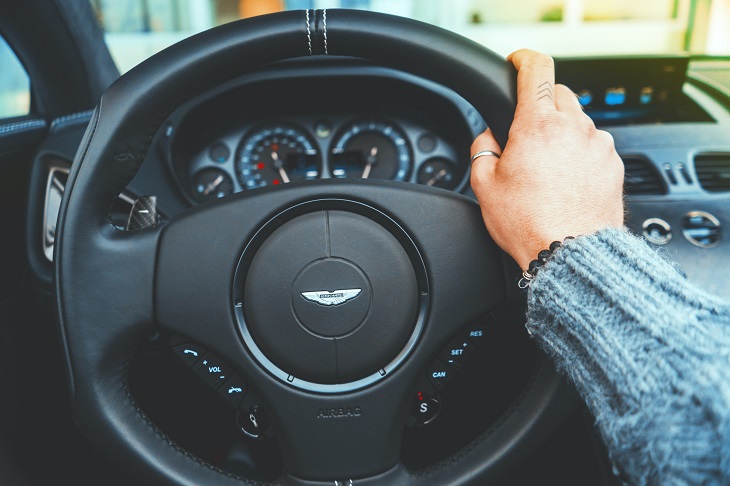People who have limited use of their hands and arms have difficulties in many areas of life. But driving your own vehicle doesn’t have to be one of them, especially when vehicles can be modified to suit disabled drivers’ needs.
In the instance where someone cannot drive a car without modifications, there are several simple changes they can make to give them access to freedom and the open road.
Is it a law to drive with two hands?
When a person is first learning to drive, they’re usually told that both hands should be on the wheel at all times. Perhaps your instructor told you that your hands belong at 10 and 2, or 3 and 9. Where a person places their hands on the wheel will vary depending on who taught them to drive – but there is no actual law to back up these lessons.
When a person is operating a motor vehicle, it is safety and focus that benefits the most from having both hands on the wheel. How many hands are on the wheel, or the exact position they’re in, is not a legal issue, but rather one that’s designed to teach people how to handle a vehicle when they are first learning.

Can you drive an automatic car with one arm?
Driving a car with one arm may be difficult, but it is not impossible. A manually driven vehicle does require the use of two arms, because the gearstick needs to be constantly moved. This type of vehicle cannot be operated by a person with only one arm.
A vehicle with automatic transmission is a different story. This is because there is no gearstick that needs to be moved while driving. A person with one arm can navigate the roads with ease using one hand. They may want to opt for a wheel spinner to use with their arm for better control and access to some controls.
Car modifications for amputees
There are several modifications that can be made to a personal vehicle if its driver has lost the use of one or more of their limbs. These modifications make driving accessible and safe. Many vehicles now come equipped with some of the features that would have been considered modifications in older model cars. Things such as power steering and power brakes can be found in most off-the-line vehicles, so these modifications won’t likely need to be added to a vehicle you’re purchasing.
A pedal extension can be a great tool for those with an amputated leg. It allows the driver to control the brakes with reduced effort and to sit comfortably while driving. A left-foot accelerator is another great tool for leg amputees, because it puts the accelerator pedal on both sides of the brake.
Extended arm indicators can help those with arm amputations by offering an extension to controls such as turn signals and windshield wipers. That way, the driver has easy access to all the controls they need while driving.
Swivel seats can also be a great help when getting in and out of the car for someone who uses a wheelchair. In vehicles that are high off the ground, a Turny orbit will be used as a swivel seat to have the same effect. Another great modification for those who use a wheelchair is a full or half-dropped lowered floor. This gives those with wheelchairs easy access to driving as well as storage of their chair while getting from point A to point B. A wheelchair ramp can also be installed in many vans to assist the driver getting in and out of the vehicle.

How much does it cost to convert a car to hand controls?
Hand controls help those without access to foot pedals to drive using only their hands. The cost to convert a car to hand controls can vary depending on the disability and the vehicle in question. Specific car models may also play a role in how much it will cost to modify the car with hand controls. The car in question must also have power brakes, power steering, and an automatic transmission in order to be modified with hand controls.
As a general rule of thumb, you can expect to pay anywhere from $800 to $1600 to have your car equipped with hand controls. Considering the freedom it provides to those with amputations or no use of their legs, it’s an affordable modification that’s worth every penny.
Driving with limited hand or arm movement can be difficult to master, but with the right tools and modifications, it doesn’t have to be. These changes are generally inexpensive and well worth the cost to be able to drive freely.